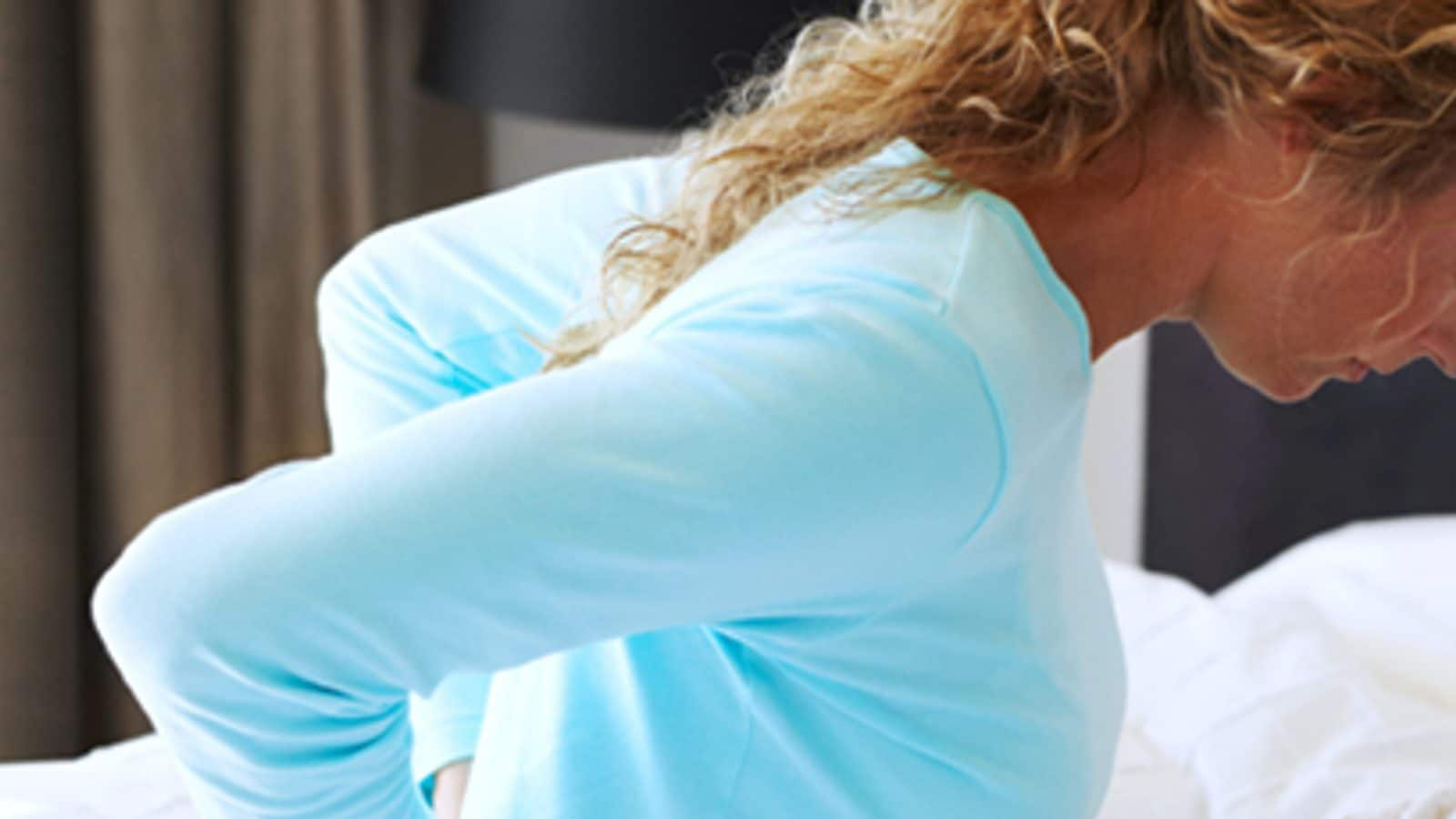Osteoporosis and Menopause: How To Lower the Risk of Bone Mass Loss?

There is a significant loss of bone mass when bone formation begins to outstrip bone breakdown.
Every woman going through menopause has some effects on their cardiovascular and bone health or specifically, osteoporosis disorder, which weakens the bone and raises the risk of abrupt fractures
Menopause is a relatively normal and universal phenomenon that happens at a certain age in women. The experience and symptoms of menopause vary from person to person, as some feel relieved because they no longer have to deal with the discomfort and pain of menstruation. In contrast, others experience a lot of difficulty in adjusting to it as they become uncomfortable, have mood swings, have hormone imbalances, and face anxiety. But one thing that impacts every woman at menopause is their cardiovascular and bone health. In some cases, they suffer from osteoporosis disorder that weakens the bone and increases the chances of abrupt fractures. It can lead to great bone mass loss and develops without pain or symptoms.
How is Osteoporosis caused?
In a literal sense, osteoporosis means ‘porous bone’ that results in severe loss in bone mass and strength.
Many people don’t know the leading cause of osteoporosis. As we know, bones are made of growing and living tissue. When a person develops osteoporosis, the ‘holes’ or the ‘sponge’ within the bone structure become large and increase as well, which results in a weakened internal structure of the bone.
Those of age 30 and above lose more bone cells than they build. As a result, bone breakdown starts to outpace bone building, and that causes a high loss of bone mass. When such loss reaches a certain tipping point, a person develops osteoporosis.
ALSO READ: How To Treat Osteoporosis? Tips That Everyone Should Follow
The link between Osteoporosis and Menopause
Menopause significantly hastens the progress of osteoporosis and can significantly weaken bones. As women reach the age of menopause, the levels of the hormone estrogen drop significantly as production begins to slow down to a halt. Among its numerous functions, estrogen is also important for protecting bones and improving bone mineral density. This is why menopausal women are at an increased risk of developing osteoporosis.
TOP SHOWSHA VIDEO
How to lower the risk of bone loss?
- During the arrival of menopause, chances of bone loss or osteoporosis can be lowered by these measures:
- Follow a regular exercise routine, including lifting weights and physical activities.
- Add calcium to your diet every day. Consult with a doctor and take in adequate amounts of calcium supplements to ensure that you’re receiving adequate dose of the micronutrient. Also try to consume dairy products, soy or almond drinks, brazil nuts, firm tofu, dark leafy vegetables, and fish with edible bones.
- Avoid excessive consumption of alcohol.
- Avoid smoking as it increases the risk of osteoporosis.
- Maintain a satisfactory level of Vitamin D as it helps the body to absorb calcium.
Read all the Latest Lifestyle News here
For all the latest lifestyle News Click Here

